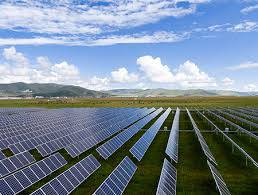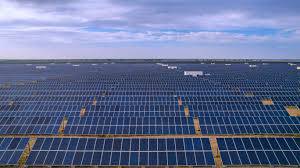The researchers published recently that they have analysed the solar photovoltaic data of the experimental facility for four seasons between 2021 and 2022, all located in Oulu.
The system consists of 24 solar panels, 12 arranged vertically and 12 mounted on a typical roof placement with tilt angles ranging from 23 to 46 degrees. All panels have a power of 275 W and have 60 monocrystalline cells with an efficiency of 18%.

According to a study by the University of Oulu, Finland, the optimal angle for photovoltaic panels in the Arctic varies from season to season. Here are the conclusions drawn from the study:
1.Spring and summer: Rooftop PV performs best in spring and summer, with an optimal tilt angle of 28 degrees. This is when rooftop PV panels capture the maximum irradiance and therefore produce the most energy in June and July.
2.Autumn and winter: Conversely, vertical PV performs best in autumn and winter. This is when the efficiency of vertical PV panels exceeds that of rooftop panels, with vertical PV panels exceeding 98% in winter and 30% in autumn.

These findings take into account the extreme weather conditions, day length variations, low temperatures, snowfall and temperature variations specific to the Arctic region. This provides useful information for future PV investments and predictability of solar modelling. In addition, keeping the tilt angle low has the advantage that snow can be removed more easily when multiple rows of solar panels are arranged with less loss of mutual shading. Thus, a tilt angle of 28 degrees is optimal in the Arctic because it maximises the capture of solar radiation in spring and summer.





